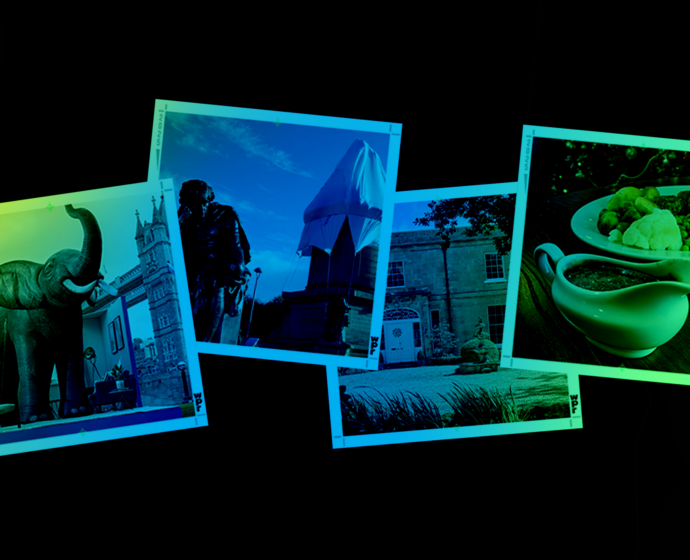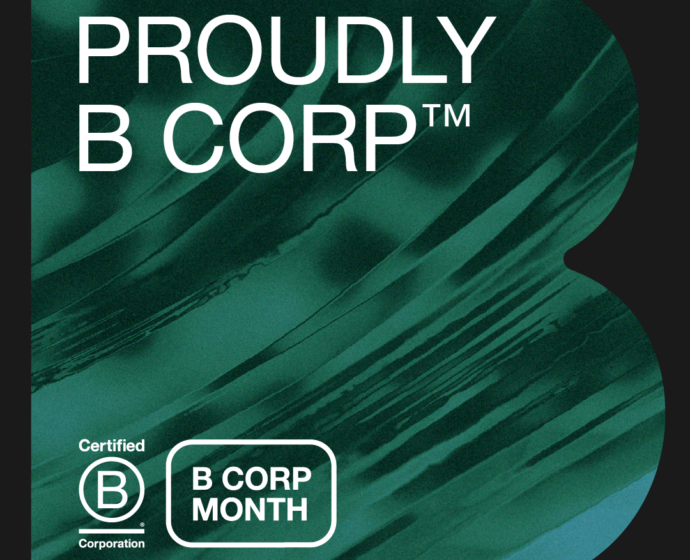
- Social
Lessons From Mamdani: How the NY Mayoral Candidate Used Social Media to Smash the Primaries
07.07.25
New York mayoral candidate Zohran Mamdani is defying all expectations. So, what can we learn from the man dubbed ‘the TikTok candidate?

07.07.25
New York mayoral candidate Zohran Mamdani is defying all expectations. So, what can we learn from the man dubbed ‘the TikTok candidate?

25.06.25
There’s a lot of discussion around B2B influencer marketing at the moment. So, what does it really look like and should you be doing it?

11.06.25
We’re entering the era of AI search and brand reputation has never been more important. Your secret weapon? PR.

23.04.25
Marketing teams are operating across more channels than ever. So how do you keep messaging consistent and campaigns aligned to build brand awareness?

09.04.25
Whether it’s a quirky consumer survey or an insightful industry whitepaper, market research can be a powerful tool for memorable PR campaigns.

02.04.25
Done right, a PR stunt can boost brand awareness and deliver acres of media coverage – but they’re not without risk. Here are five things you need to know.

26.03.25
This year’s B Corp month is our first as a certified B Corporation™, so here are a few thoughts about what being a B Corp means to us.

12.03.25
Read on to find out how to avoid drowning in a sea of data and make sure your evaluation is meaningful and quantifiable.

04.03.25
The benefits of learning to play the piano have been unexpected and incredibly rewarding.

03.03.25
With anticipation mounting ahead of the Commonwealth Games in our hometown of Birmingham, we’re getting excited about all things sports related at WPR this summer.

27.02.25
Positive brand reputation is hard won and all too easily lost. So, how do you make sure you’re prepared for the unknown?

19.02.25
Community management has become a fundamental part of both marketing and customer service. Here are six tips for making sure it’s working for your brand.